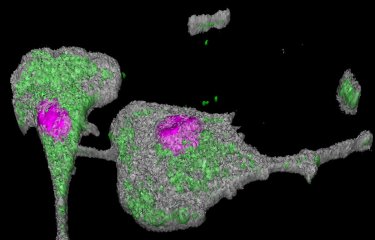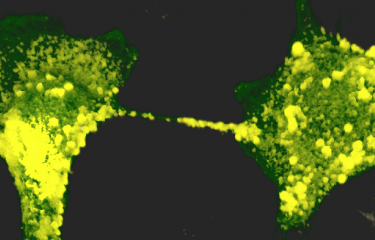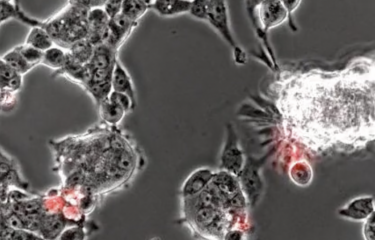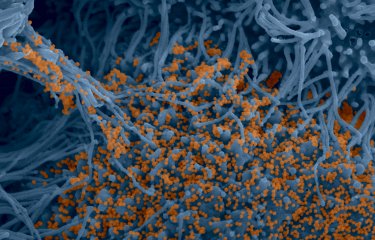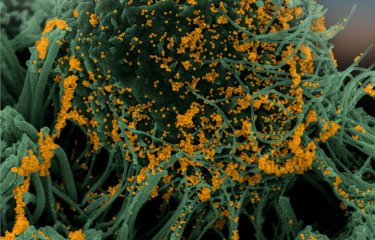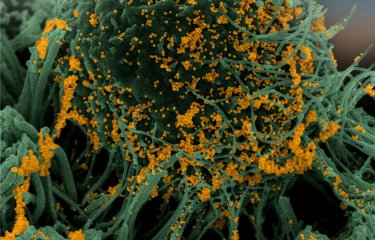Epidemiological theory teaches us that a microbial agent introduced into a population stops circulating when the proportion of the population that is immune to that agent is higher than or equal to 1-1/R0, where R0 is the much-discussed reproduction rate, the number of secondary cases generated by each infected person in a non-immune population in the absence of control measures. In France, where R0 was estimated as 3 before the lockdown (Salje et al., Science, 2020), that means that 67% of the French population need to be immune to the novel coronavirus for the virus to stop circulating on a large scale.
In a Comment published by the journal Nature Reviews Immunology, Arnaud Fontanet (Institut Pasteur/Cnam) and Simon Cauchemez (Institut Pasteur/CNRS) explore the conditions affecting the application of the formula used to calculate the level of herd immunity needed to offer widespread protection. How do super-spreaders fit into the equation? How is immunity affected by different types of contact among different age groups? How contagious are children? How close are we to achieving herd immunity in France at the end of the first epidemic wave? Could we be protected by the seasonal coronaviruses responsible for common colds? And how can we reach herd immunity while minimizing the impact on public health?
Read the full Comment published in Nature Reviews Immunology.
COVID-19 herd immunity : where are we? , Nature Reviews Immunology, September 10, 2020
Arnaud Fontanet1,2, Simon Cauchemez3
1 Emerging disease epidemiology unit, Institut Pasteur, Paris, France
2 PACRI unit, Conservatoire National des Arts et Métiers, Paris, France
3 Mathematical Modelling of Infectious Diseases Unit, Institut Pasteur, UMR2000, CNRS, Paris, France




